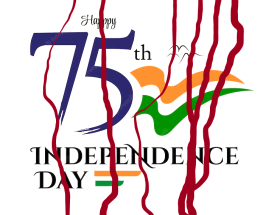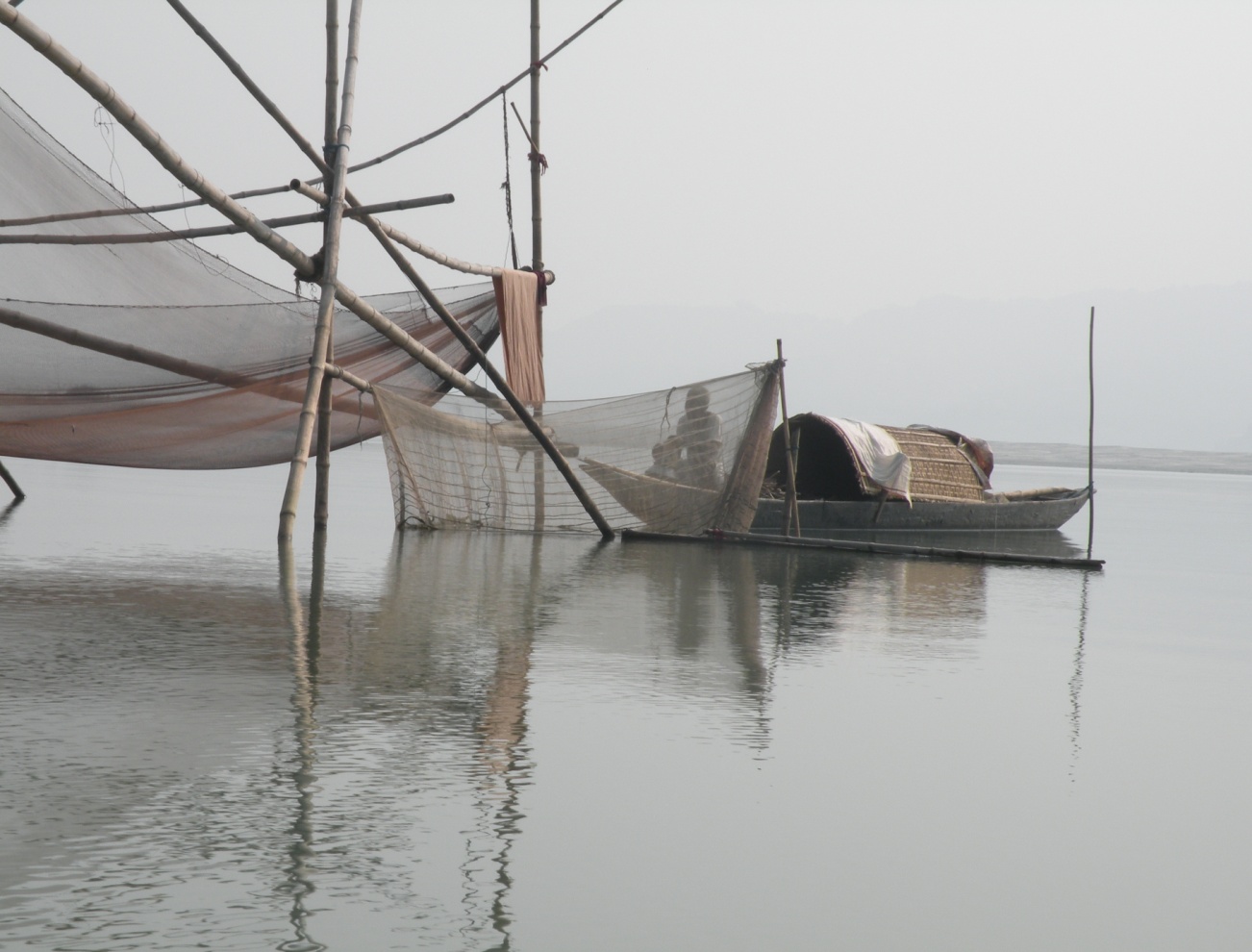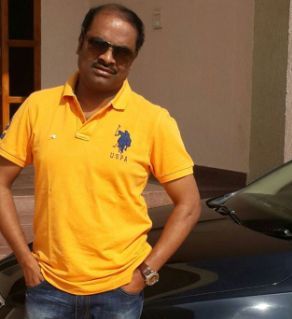Rahul Gaikwad
 Every now and then one comes across some or the other celebrated so-called progressive leader/writer/activist who turns out to be absolutely shallow, superfluous and even hypocritical upon closer examination. This has been the case with Vijay Tendulkar and his Kanyadaan drama; or Pandit Anand Patwardhan’s Jai Bhim Comrade where he portrayed Ambedkarite assertion in a bad light and manipulated it. It is no coincidence these so-called progressives invariably come from upper castes, mostly brahmin class.
Every now and then one comes across some or the other celebrated so-called progressive leader/writer/activist who turns out to be absolutely shallow, superfluous and even hypocritical upon closer examination. This has been the case with Vijay Tendulkar and his Kanyadaan drama; or Pandit Anand Patwardhan’s Jai Bhim Comrade where he portrayed Ambedkarite assertion in a bad light and manipulated it. It is no coincidence these so-called progressives invariably come from upper castes, mostly brahmin class.
A couple of weeks back, one such celebrated writer/director who wrote/ directed/produced many award winning marathi films passed away. While I was talking to one my friends, she mentioned how she happened to watch this much hyped and celebrated movie by Ms Sumitra Bhave named Kasav (Turtle) and was particularly disturbed with a couple of scenes and questioned their need in the movie. So after listening to her objection I decided to watch the movie myself.
Now this national award winning movie Kasav (2017) by Ms Bhave was written by her. She is the story-screenplay-dialogue writer for this movie. She and Sukthankar are co-producers with Mohan Agashe and she is co-director with Sukthankar.
As she wrote everything about the movie and co-directed and with such huge reputation bestowed on movie being a Sumitra Bhave film, it will be only appropriate to term it as her film. Now coming back to the movie: what this movie deals with is the important issue of depression and then there is another issue of turtle preservation in coastal Konkan region.
The story begins with the brahmin youngster Manav (Nish), who despite coming from a well to do family, is depressed and suicidal. He is aloof, always lost and travelling to nowhere. None of his family contacts, or even relations with his girlfriend seem to make him excited about life and so this purposeless young fellow attempts suicide by cutting his wrist in the first five minutes of the film. Even before cutting his wrist his personal diary shows Rohith Vemula’s photo at around 3.54 minutes. And immediately after that frame in next one minute’s time he slashes his wrist in order kill himself.
Next, he is seen coming out of hospital and is again on the streets and when he falls unconscious at the roadside dhaba, Janaki ( Irawati Harshe) rescues him and takes him to Devgad in Konkan where she is working for a Turtle Conservation project and herself seeks psychologist’s help and often suffers from panic attacks.
In order to further help this young friend of hers she, without his (Manav’s) knowledge, checks his bag and finds his notebook(personal diary). This time it is revealed that the Rohith Vemula’s photo shown earlier is in fact an article from a newpaper which highlights headline as “Nobody is responsible for my death”; and this particular scene lasts for about 4-5 seconds.
Now what was amusing to see is the mention of Rohith Vemula in this narrative. In the first instance, when this brahmin kid Manav wants to finish his life Rohith Vemula’s photo is shown from that article. Again, next time around (at 27.44) when Janaki is checking this notebook the headline tends to portray Rohith being a victim of depression and it is very normal that any ‘suicidal’ person while finishing life by suicide tends to write like this and Manav in a way is shown identifying with Rohith’s Suicide.
So Ms Bhave tries to show that Rohith Vemula was fixated with suicide, and the narrative of suicide by depression is developed. Now this is absolute mockery and perversion of Rohith Vemula’s fight against the brahmin establishment, and it was a murder that is being reduced to a suicide and that too a suicide by depression.
How can a brahmin boy’s struggle with mental depression be equated with Rohith Vemula’s plight; Rohith stood upto the Brahmin administration and after much fight put up by him where his academic career was jeopardized; left with no means of sustenance he was driven to take his own life. It is a murder not a suicide and definitely not suicide due to depression. But like Manu Joseph made a mockery of Rohith’s murder when he also wrote that Rohith died due to depression, similarly Ms Bhave has tried to invisibilize Rohith’s murder by turning it into suicide due to depression. It is though laughable that a brahmin kid is seeking refuge in Rohith’s institutional murder for his own attempt at suicide because of mental depression. This is a highly despicable attempt by her.
So at one end, brahmin left installed Kanhaiyya Kumar to appropriate the protest that ensued after Rohith’s murder while these progressives like Manu Joseph or Ms Sumitra Bhave make sure that Rohith’s valiant battle is protrayed in a bad light by showing him as mentally ill. The question remains why?
It has other ulterior motives too, as it has been pointed out by Ms Pooja Vasant Dhawale, who in her Marathi article, asks this question about Bhave’s manipulation by saying ‘Who was Ms Bhave trying to save here by projecting Rohith as depressed and it is his depression that killed him?’ We all can guess the answer.
So all that a brahmin always wants to do is just mock and pervert all the assertion by Ambedkarites. Else, how will they become progressive messiahs and maintain their class interest? From the Panthers’ assertion that was twisted and perverted by the academician Sharmila Rege to Rohith’s mockery by Ms Bhave, and in between all others who have tried to malign Ambedkarite assertion by showing Dalits as an incapable lot, even going to the extent of racializing an entire community through these narratives–they are constantly at it and we need to be vigilant about it.
The larger narrative that is taking shape in universitites these days is racializing Dalits as mentally ill, with vulture academia and NGOs ever funding theorizing such racializing narratives only to save oppressor brahmin savarna class and put entire blame on the oppressed. Dalit is a term to show material, socio-political conditions of the oppressed, it is not some ethnic group or some different race, nor is it some natural identity. It is the entire caste structure that needs to be studied, and mainly the oppressor brahmin savarna class that needs to be studied not the already oppressed.
This perverse racializing attempt, from the likes of Tendulkar to Bhave, which has slowly entered academic spaces needs to be contested.
~~~
Rahul Gaikwad is an independent researcher based in Mumbai; he is also Co-Editor, Round Table India – Marathi (भीमाच्या लेखण्या – Bhimachya Lekhanya).










